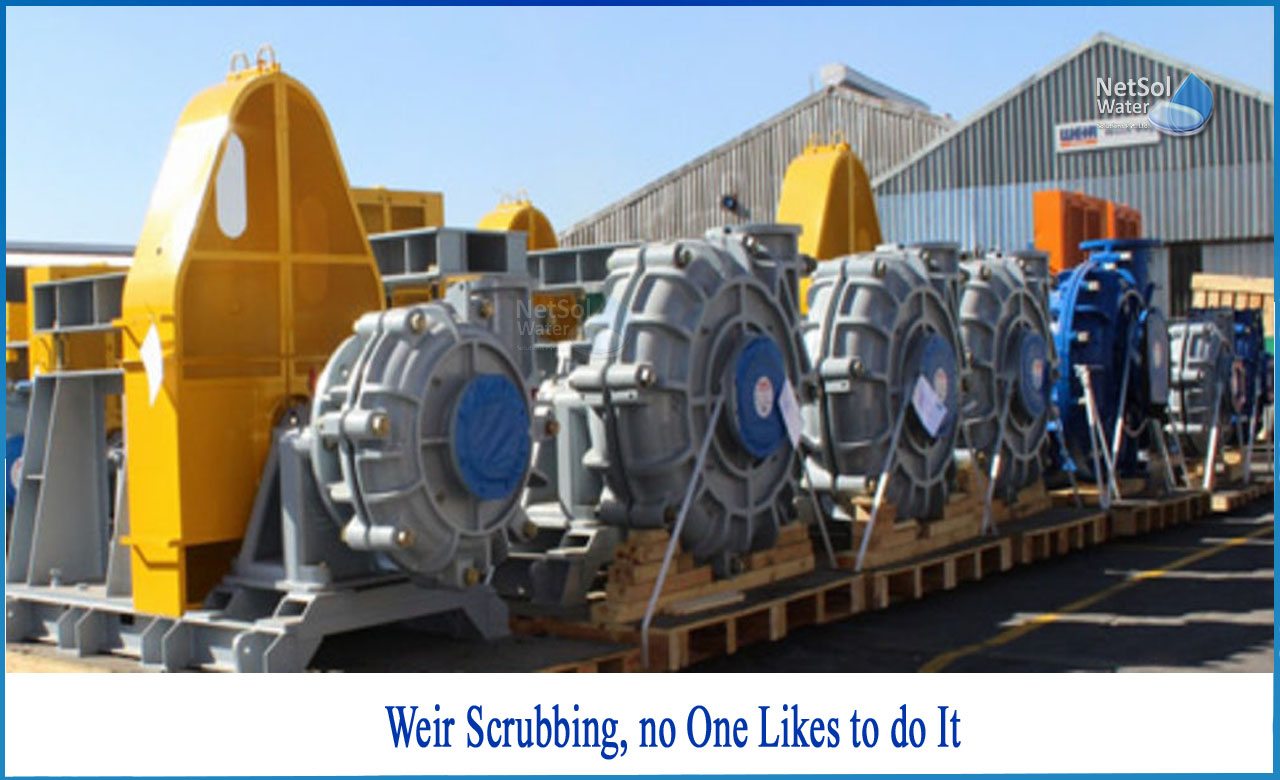An overview
But there it is every spring and summer! That pesky algae hanging from your weirs, its slimy green doing havoc on your clarifiers.
So, your operators scrub, scrub, scrub, pushing the algae into your receiving stream, where it threatens to take hold and affect your community, maybe even your community's drinking water supply or downstream supplies.
You're using ferric coagulants, or even aluminium-based coagulants, to fulfil your phosphorus limit and decrease the algae, but it keeps coming back.
Why?
Aluminium and ferric-based coagulants, on the other hand, do not bind to phosphorus particularly securely. These coagulants release phosphorus when the pH or D.O. changes, which can happen readily during low flow times in the clarifier.
What is Algae on the weirs?
So, are algae actually pests or do they assist clean up some of the extra toxins prevalent in our rivers while also providing a food supply for aquatic life?
When summer arrives, many plants, ornamental ponds, lakes, and lagoons struggle to keep algal blooms at bay, but most algae that develop in your plant, regardless of species, are the same.
Algae can be found in ponds, lakes, clarifiers, and de-chlorination tanks, among other places. There are over 10,000 living diatom species, over 8,000 species of algae, 1500 species of blue green algae (Cyanobacteria), 6000 species of red algae (Rhodophyta), and so on.
Identification isn't as important as understanding why it's growing, how it affects my plant, and how to get rid of it!
Control measures
Depending on the kind of system, the origin and location of the algae, maintenance, weir brushes, sprayers, manual scraping, nutrient control, biological products, chlorination, and other factors, several controls are available.
Algae-related issues
Algae can create a variety of issues. Algae may create TSS issues in a system, erroneous BOD readings, block pumps, and cause short circuiting if it builds up on a clarifier's weirs. Algae that have died or is dying can emit odours.
Put the scrub brush away
It can be operated in a unique way. Because the phosphorus binds strongly, a thick crystalline precipitate emerges, which settles fast and increases clarifier performance. Changes in flow or wastewater characteristics do not result in phosphorus release since this bond holds across a greater range of pH and D.O. Less algae bloom equals less phosphorus in your water.
Allow the sun to shine and the temperature to rise - your effluent will remain clear and your weirs will remain clean.
Your operators will appreciate it
While there are various advantages to converting to a good expert’s solution for phosphorus removal in wastewater, the independence from weir scrubbing is one that operators frequently cite. It's just a job they don't mind doing!
Of course, you must consider the big picture, this way is more cost-effective, particularly if your P limit is less than 1 mg/L.
Your bottom line will thank you as well when you examine the whole cost of phosphorus removal, which includes sludge dewatering, sludge disposal, and caustic expenses.
Netsol Water is Greater Noida-based leading water & wastewater treatment plant manufacturer. We are industry's most demanding company based on client review and work quality. We are known as best commercial RO plant manufacturers, industrial RO plant manufacturer, sewage treatment plant manufacturer, Water Softener Plant Manufacturers and effluent treatment plant manufacturers. Apart from this 24x7 customer support is our USP. Call on +91-9650608473, or write us at enquiry@netsolwater.com for any support, inquiry or product-purchase related query.



